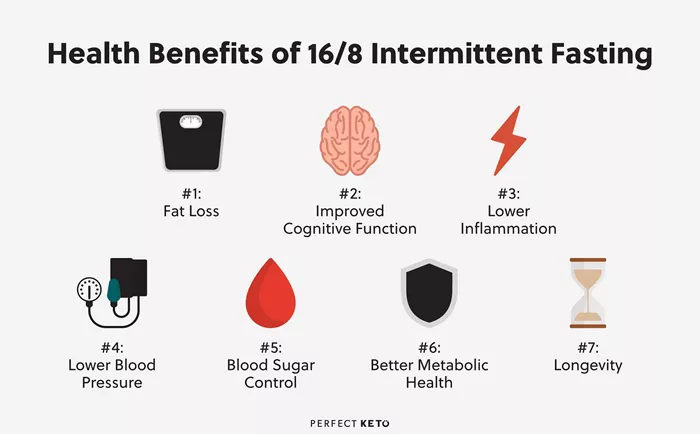A recent study titled “Higher Ultraviolet Light Exposure is Associated with Lower Mortality” challenges long-standing public health advice regarding sun exposure. Published by Stevenson et al. (2024), the research calls for a reassessment of how sunlight is viewed in terms of its health impacts. The study, which analyzed data from over 395,000 participants in the UK Biobank, reveals that moderate ultraviolet (UV) exposure may lower the risks of cardiovascular disease, cancer, and even overall mortality, offering significant health benefits beyond its role in vitamin D production.
Key Findings from the Study
The study found that individuals with higher UV exposure, whether through solarium use or living in sunnier regions, had a lower risk of death from all causes, cardiovascular diseases (CVD), and cancer. Specifically, solarium users saw a 15% reduction in all-cause mortality compared to non-users, and those living in areas with higher solar radiation had a 12% lower risk of dying from any cause.
This research aligns with previous studies indicating that sunlight exposure may reduce risks for conditions like hypertension and some types of cancer. Despite concerns about skin cancer, the study emphasizes that the relationship between UV exposure and melanoma is more complex than previously understood. While UV exposure was linked to a slightly higher incidence of melanoma, the study found no significant increase in melanoma-related deaths.
Understanding the Mechanisms Behind Sunlight’s Health Benefits
Sunlight’s health benefits extend beyond vitamin D production. UV rays trigger the release of nitric oxide in the skin, which helps relax blood vessels and reduce blood pressure. This effect has been associated with a decreased risk of heart disease and stroke. Sun exposure may also help regulate immune function and reduce systemic inflammation, which can protect against chronic conditions like diabetes and atherosclerosis.
The Need for Balanced Sun Exposure Guidelines
The Stevenson study underscores a critical issue: current public health messaging on sun exposure tends to be overly simplistic, often advocating for avoidance of sunlight altogether. While this approach may be suitable for regions with extremely high UV levels, such as Australia, it may not be ideal for countries with more moderate sunlight, like the UK. For these populations, avoiding the sun entirely may lead to missed opportunities for important health benefits.
Health experts suggest that public guidelines should evolve to recommend moderate sun exposure, emphasizing the importance of timing and skin type. For example, promoting outdoor physical activity during off-peak UV hours, such as early morning or late afternoon, could allow for the benefits of sunlight without the risks of overexposure. Individuals with fair skin, particularly those with Skin Type 1 (who always burn and never tan), should take extra precautions, such as wearing sunscreen and protective clothing, to ensure a safe balance between the benefits and risks of sun exposure.
Conclusion
The findings from Stevenson et al. reinforce the idea that sunlight, when approached with caution and awareness, offers a range of health benefits. Moving forward, public health campaigns should adopt a more nuanced approach—one that acknowledges both the risks of overexposure and the undeniable advantages of moderate sun exposure. With a shift in messaging, communities worldwide can adopt healthier, more balanced lifestyles, harnessing the power of sunlight while minimizing its dangers.
Related Topics
Vitamin D Supplements Show Promise in Lowering Blood Pressure in Older Adults With Obesity
Comparing Camel, Cow, and Goat Milk: Which Is Best for Diabetes and Heart Health?
Experts Highlight Link Between Air Pollution and Rising Pneumonia Cases in Delhi



































